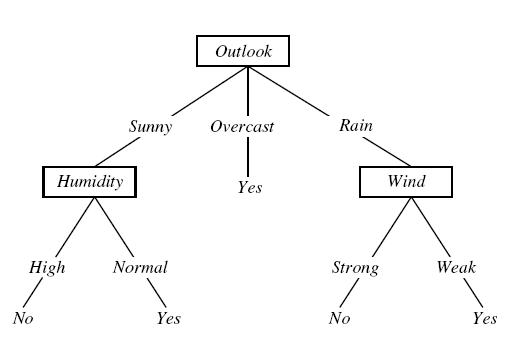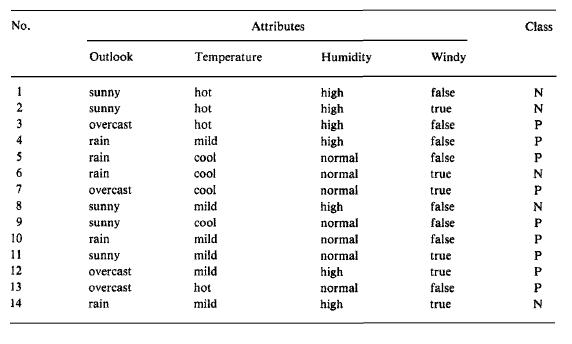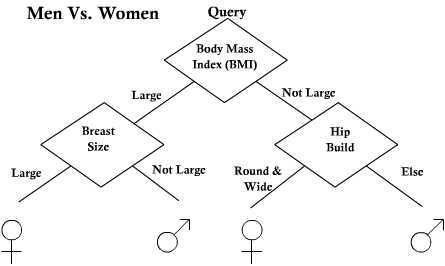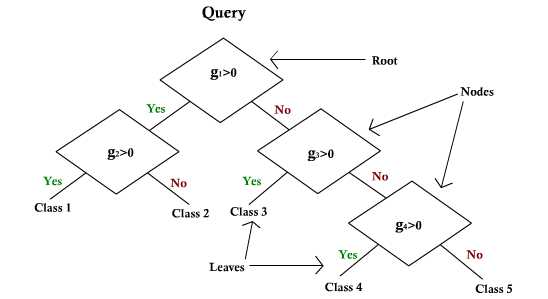(→Density Estimation using Series Expansion) |
(→Density Estimation using Series Expansion) |
||
| Line 3: | Line 3: | ||
Last "non-parametric" technique (although very parametric) | Last "non-parametric" technique (although very parametric) | ||
| − | Write <math>p(\vec{x}=\sum _{j=0}^{\infty}c_j f_j (\vec{x}) \cong \sum _{j=0} ^{m}c_j f_j (\vec{x})</math> (1) | + | Write <math>p(\vec{x})=\sum _{j=0}^{\infty}c_j f_j (\vec{x}) \cong \sum _{j=0} ^{m}c_j f_j (\vec{x})</math> (1) |
where {<math>fj's</math>} are pre-determined class of functions | where {<math>fj's</math>} are pre-determined class of functions | ||
| − | Monomials | + | <math>\vec{x} = (x_1, \cdots, x_n)</math> (2) |
| + | Monomials: <math>x_1 \quad x_1x_2 , x_1 ^3 </math> (3) | ||
| + | Polynomials: <math>x_1 + x_2 , x_1 + x_1 ^2 +x_1 x_2</math> (4) | ||
| + | |||
| + | E.g.) Taylor expansion about <math>x_0</math> | ||
| + | In 1-D, | ||
| + | <math>p(x)=\sum _{j=1} ^ {\infty} \frac{p^{(j)} (x_0) (x-x_0)^j}{j!}</math> (5) | ||
| + | when <math>p(x)</math> is analytic | ||
| + | |||
| + | Taylor polynomial approximation | ||
| + | <math>p(x) \approx \sum _{j=0} ^{m} \frac{p^{(j)}(x)(x-x_0)^j}{j!}</math> (6) when <math>p(x) \in C^{m+1}(\Re)</math> | ||
==Decision Trees== | ==Decision Trees== | ||
Revision as of 14:55, 30 March 2008
Density Estimation using Series Expansion
Last "non-parametric" technique (although very parametric)
Write $ p(\vec{x})=\sum _{j=0}^{\infty}c_j f_j (\vec{x}) \cong \sum _{j=0} ^{m}c_j f_j (\vec{x}) $ (1)
where {$ fj's $} are pre-determined class of functions
$ \vec{x} = (x_1, \cdots, x_n) $ (2) Monomials: $ x_1 \quad x_1x_2 , x_1 ^3 $ (3) Polynomials: $ x_1 + x_2 , x_1 + x_1 ^2 +x_1 x_2 $ (4)
E.g.) Taylor expansion about $ x_0 $ In 1-D, $ p(x)=\sum _{j=1} ^ {\infty} \frac{p^{(j)} (x_0) (x-x_0)^j}{j!} $ (5) when $ p(x) $ is analytic
Taylor polynomial approximation $ p(x) \approx \sum _{j=0} ^{m} \frac{p^{(j)}(x)(x-x_0)^j}{j!} $ (6) when $ p(x) \in C^{m+1}(\Re) $
Decision Trees
Reference DHS Chapter 8 Decision tree is one of the most powerful method for classification, because it simplifies the classification by dividing the problem into subproblems. A sample decision tree and training set from J.R. Quinlan (Induction of Decision Trees) can be given as follows:
The decision tree separates two classes. First class is "play tennis" and the second one is "do not play tennis". The decision tree tries to find the answer by asking several question. The purpose is to generate decision tree using the training data.
Instead of asking a complicated question $ g(x) >= 0 or <0 $
The idea: Ask a series of simple questions following a tree structure (linear 1-D).





